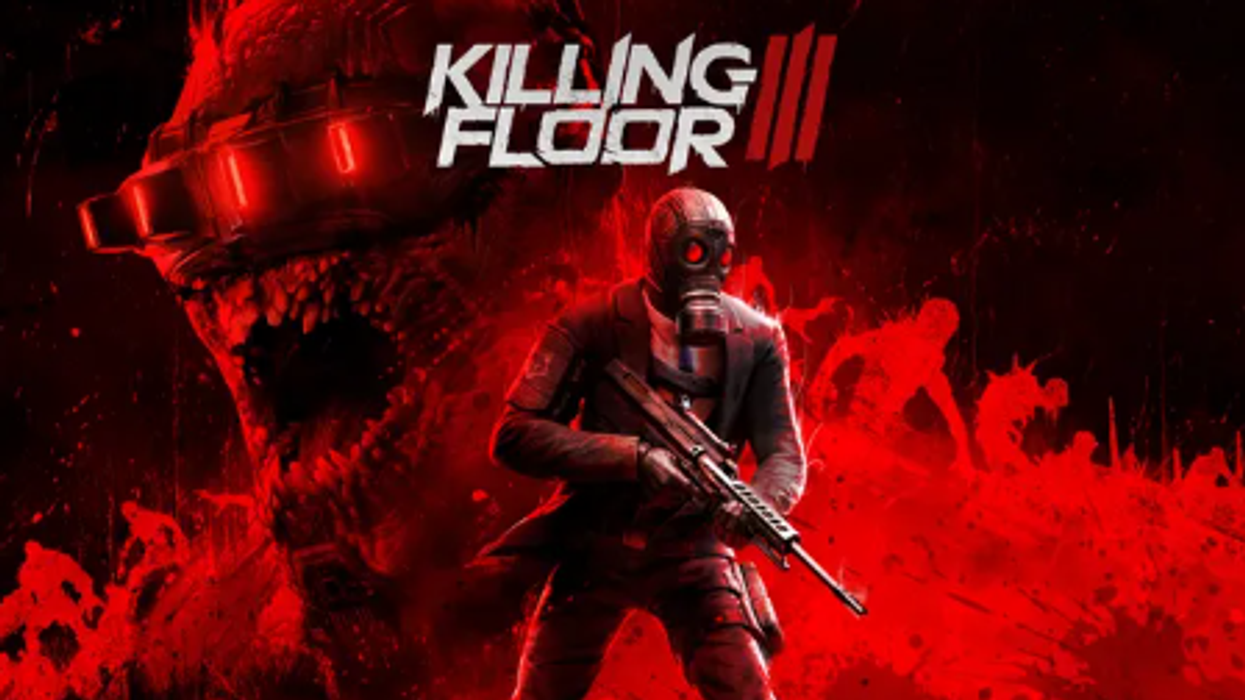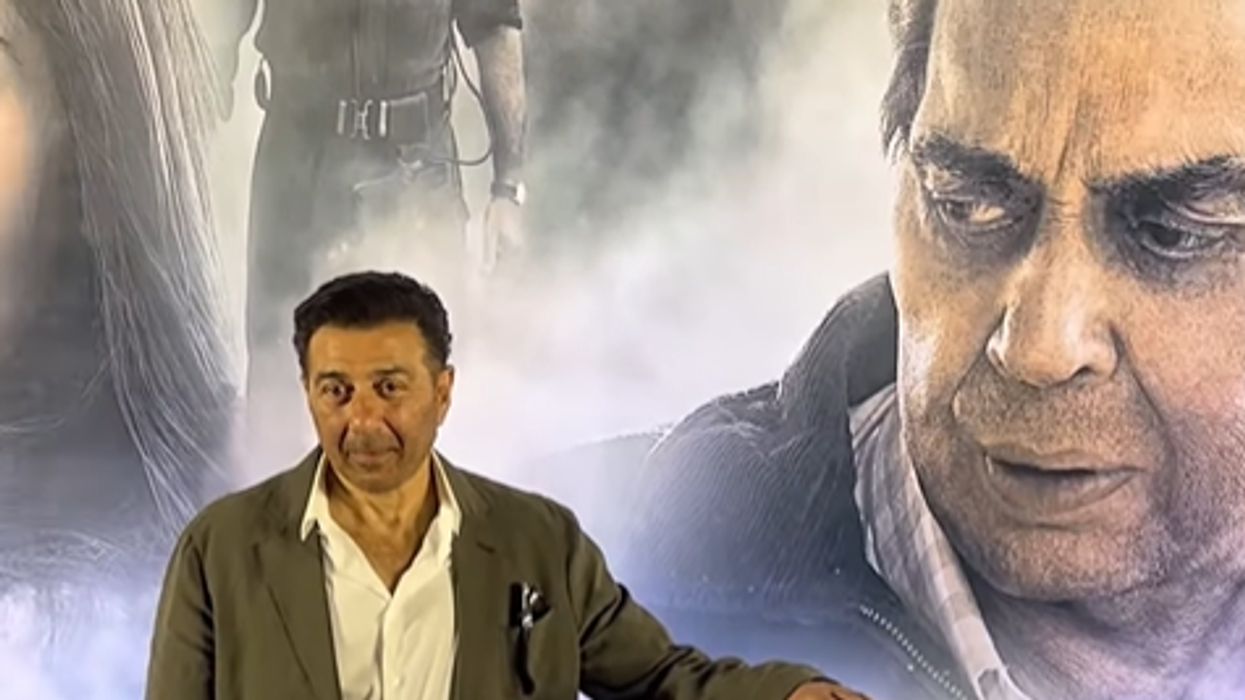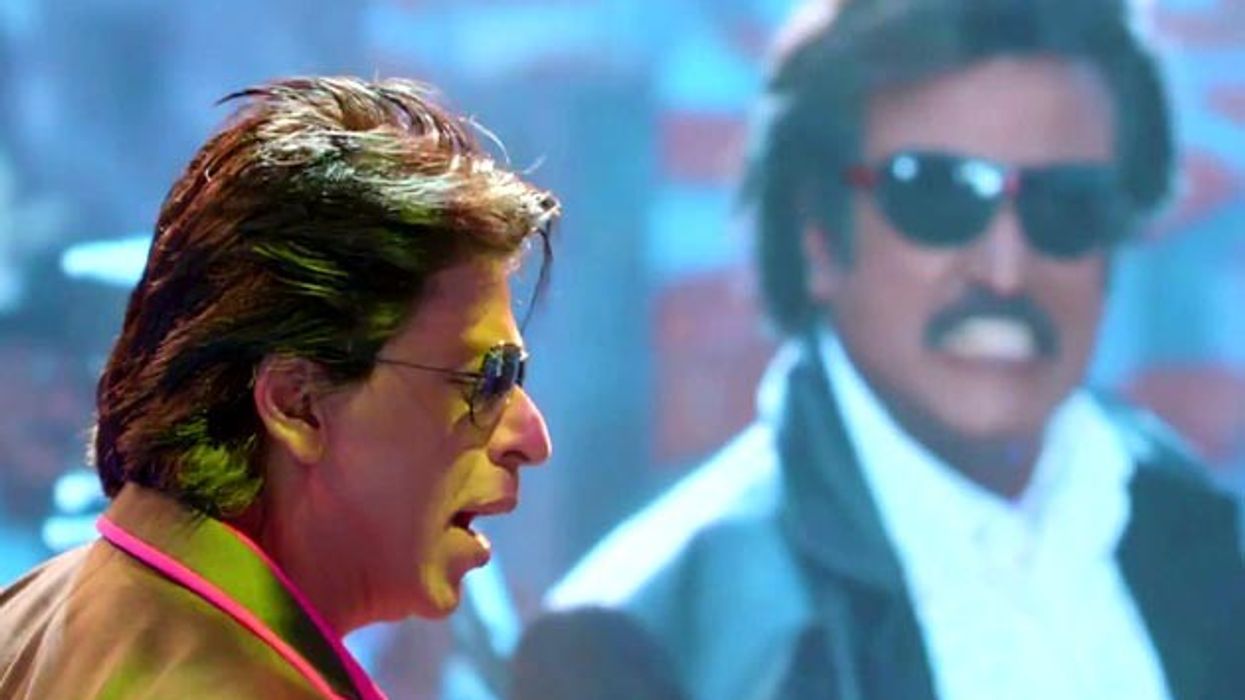Highlights
- Killing Floor 3 features streamlined co-op combat with one core mode: Survival.
- The game includes 6 classes, 30 weapons, 13 enemy types, and 8 maps at launch.
- Reviewers praise its tight shooting mechanics and responsive movement.
- Weapon progression and content depth have drawn criticism, with some calling it “Early Access-like.”
- Developer Tripwire Interactive may expand the game post-launch, as it did with Killing Floor 2.
Killing Floor 3 is a polished, fast-paced co-op shooter that streamlines much of what defined its predecessors. With snappy controls, tight combat, and satisfyingly gory enemy encounters, the game delivers short bursts of action-packed fun. But with only a single mode, limited maps, and a weapon progression system that arguably works against itself, reviewers say it feels more like a robust Early Access launch than a fully fleshed-out release.
Streamlined action, simplified structure
Killing Floor 3 sticks closely to the series' classic formula: players team up to fight off waves of grotesque, mutated enemies—known as Zeds—culminating in a boss battle. The game features only one mode at launch, Survival, which sees players battling through five waves before taking on one of three bosses. There is no campaign, and very little narrative context beyond the surface-level lore accessible via the in-game codex.
The core mechanics are undeniably solid. Movement feels fluid, with players able to dodge, mantle, and powerslide across the battlefield. The moment-to-moment gunplay, enhanced by a reworked physics engine, ensures Zeds react viscerally to every bullet and blade. Combined with an impressive arsenal of 30 weapons and six unique character classes, the combat is both crunchy and satisfying.
A tighter, but smaller package
While the shooting is fun, the game’s content offering is thin. Killing Floor 3 includes:
- 6 playable classes (Perks)
- 30 weapons (plus a knife)
- 13 enemy types
- 8 maps
- 3 bosses
The result is a title that may appeal to newcomers, thanks to its accessible setup and fast onboarding. However, long-time fans of the franchise have noted its simplified design and lack of depth compared to Killing Floor 2, which eventually offered dozens of weapons, modes, and maps through post-launch updates.
Tactical play, but limited progression
Despite the reduced scale, there is some tactical depth. Each class—from the melee-focused Ninja to the crowd-controlling Sharpshooter—feels distinct. Special abilities like electrified swords or freezing grenades encourage coordination in multiplayer. Weekly Mutation challenges and difficulty scaling also provide an ongoing test of skill.
However, the weapon progression system has drawn criticism. Weapons are split into tiers from grey to purple, but in practice, upgraded starter weapons (especially when modified via crafting) tend to outperform high-tier gear. This undermines the intended sense of progression and risks flattening mid-match decision-making, as players often stick with early favourites rather than experimenting.
Visuals, enemies and environments
Visually, Killing Floor 3 leans into gritty sci-fi horror. Zeds are more realistically animated and heavily detailed, and environments respond dynamically to combat, with blood and destruction accumulating as rounds progress. The maps, while not overly distinct in structure, feature unique visual themes, from forests under moonlight to industrial labs with deadly drops.
Enemy design is a standout. Iconic foes like Sirens and Bloats return, now more aggressive and frequent, and sub-bosses such as the cybernetically-enhanced Scrake bring real challenge. Boss fights escalate the chaos further, particularly when multiple spawn to match larger team sizes.
Live-service features and missing modes
The Stronghold hub offers a central space to tweak builds, test weapons, and prepare for the next match. It also houses the game’s Battle Pass system, cosmetic microtransactions, and crafting features. While none of these elements feel predatory, reviewers have noted that the cosmetic options are underwhelming and character customisation remains limited.
A notable absence is Objective Mode, a fan-favourite from Killing Floor 2. In its place are minor side tasks during Survival matches, such as scanning crates or killing specific enemies, which offer XP and materials but little in terms of variety or storytelling.
Technical performance and bugs
Class progression has been improved, with skills unlocking more quickly (every two levels instead of five). This adds customisation depth early on, letting players shape their preferred playstyle. However, some users have reported UI bugs—such as interface freezes while browsing skills—which have required full game reboots.
Cross-platform multiplayer works smoothly, and combat remains stable even during Zed-heavy chaos. Weekly challenges, varying difficulty modes, and a solid matchmaking system round out the game’s core offerings.
Killing Floor 3 is a competent and entertaining shooter with tight controls, engaging class design, and responsive, satisfying enemy encounters. It succeeds in being a more streamlined and approachable entry in the series—but perhaps to a fault. With only one game mode, limited variety, and a progression system that doesn’t always reward experimentation, it feels like a foundation rather than a full product.
Reviewers agree that if developer Tripwire Interactive builds on this base as it did with Killing Floor 2, this could grow into a standout live-service experience. For now, however, it’s a fun weekend co-op blast that may leave more dedicated fans asking: where’s the rest of it?














